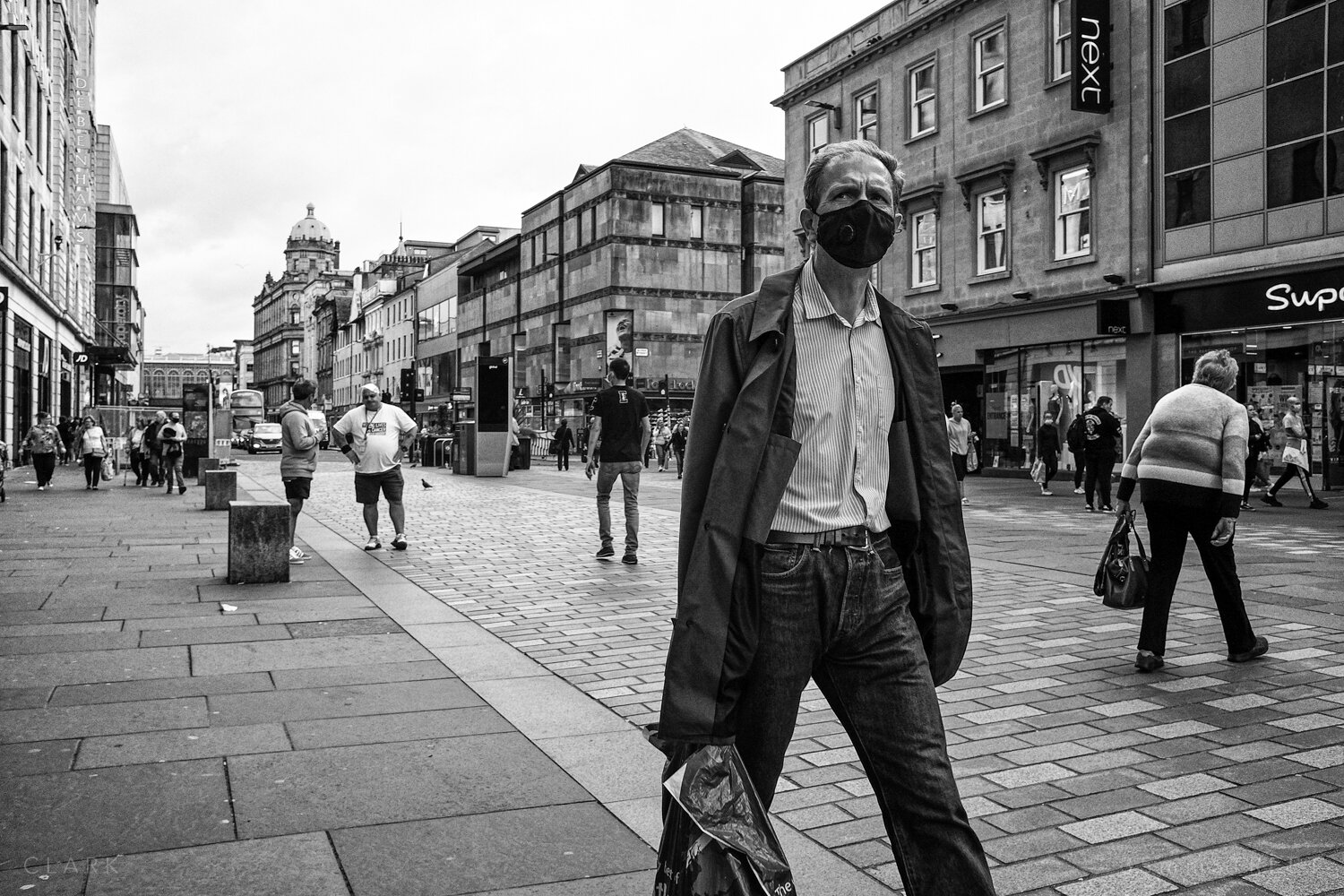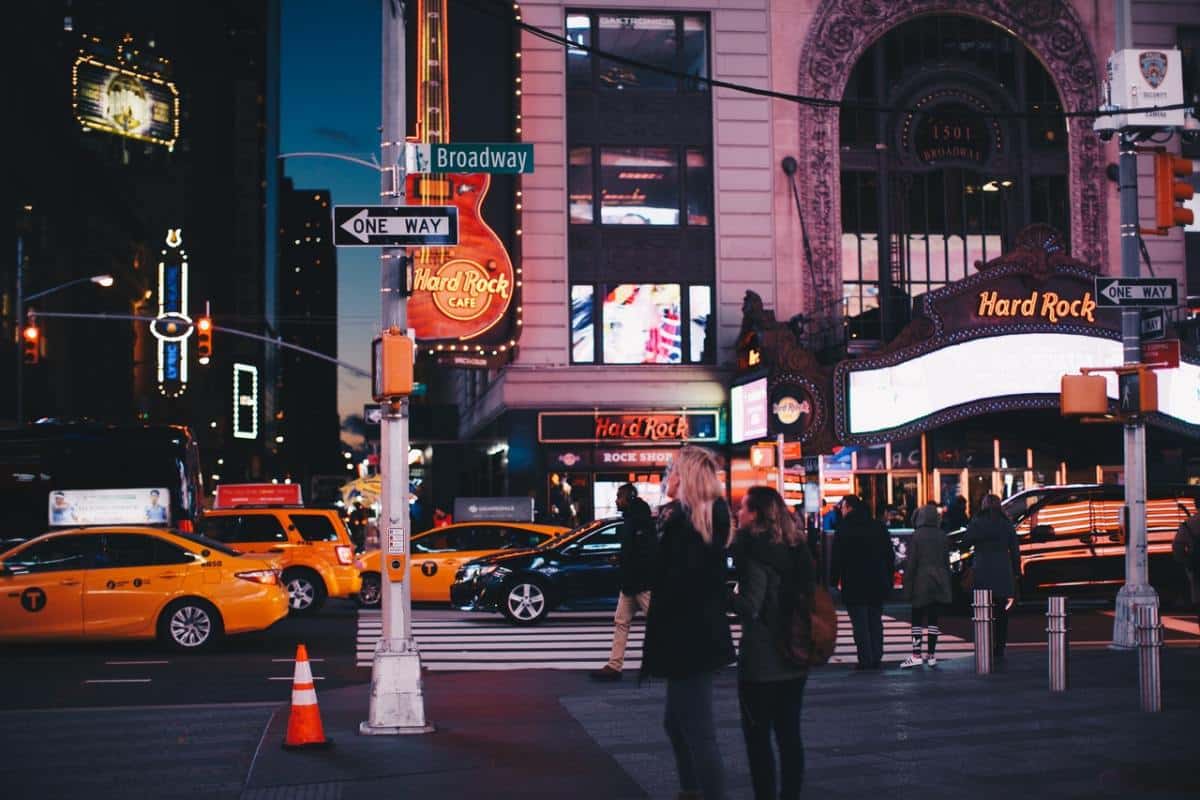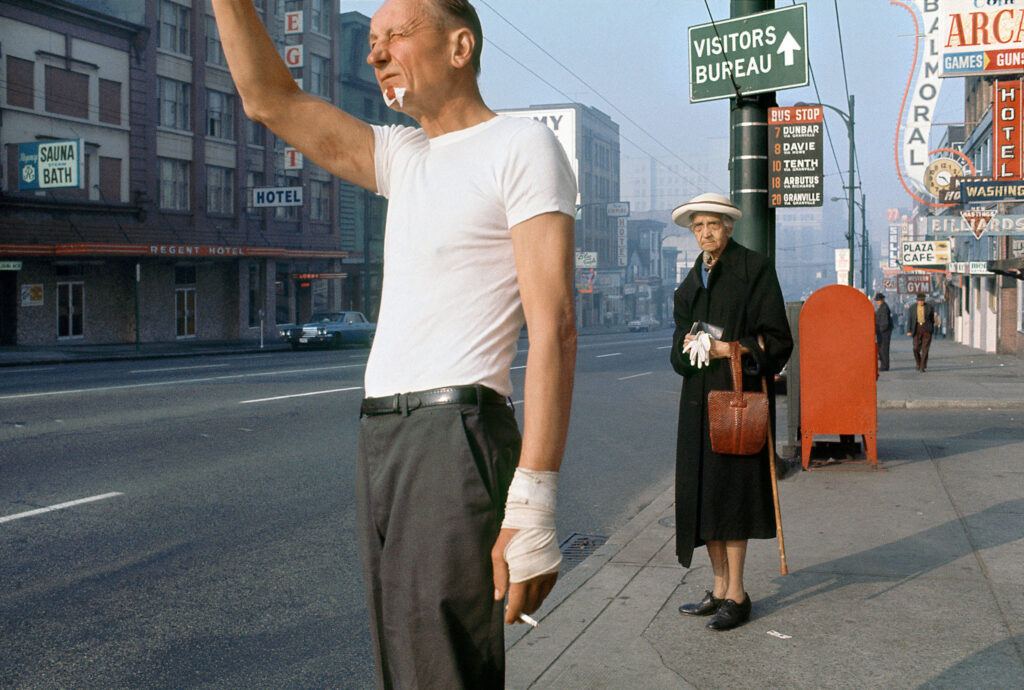The Street Photographers Statements
The Street Photographers Statements
Blog Article
The Ultimate Guide To Street Photographers
Table of ContentsGetting My Street Photographers To WorkStreet Photographers - The FactsRumored Buzz on Street PhotographersSome Ideas on Street Photographers You Need To KnowGetting My Street Photographers To Work
, a category of digital photography that records everyday life in a public place. The actual publicness of the setup makes it possible for the professional photographer to take candid images of unfamiliar people, typically without their expertise. Road digital photographers do not always have a social purpose in mind, yet they favor to isolate and catch minutes which may or else go undetected.Though he was affected by a number of those who affected the road photographers of the 1950s and '60s, he was not mainly curious about catching the spirit of the road. The impulse to visually record individuals in public began with 19th-century painters such as Edgar Degas, douard Manet, and Henri de Toulouse-Lautrec, who worked side by side with photographers trying to record the essence of urban life.
Unlike Atget, professional photographer Charles Marville was employed by the city of Paris to produce an encyclopaedic record of Haussmann's city preparation job as it unravelled, thus old and new Paris. While the professional photographers' topic was essentially the exact same, the outcomes were noticeably various, demonstrating the effect of the professional photographer's bent on the personality of the photos he created.
7 Easy Facts About Street Photographers Described
Given the great high quality of his pictures and the breadth of material, engineers and musicians commonly bought Atget's prints to utilize as referral for their very own work, though industrial passions were barely his major motivation. Instead, he was driven to photo every last residue of the Paris he liked. The mingled interest and seriousness of his mission luster through, causing photographs that narrate his own experience of the city, high qualities that prepared for street digital photography of the 20th century.

Unlike his peers, Brassa used a larger-format Voigtlnder camera with a longer direct exposure time, forcing him to be a lot more calculated and thoughtful in his method than he might have been if utilizing a Leica. (It is assumed that he may not have had the ability to manage a Leica back then, but he did, nevertheless, make use of one in the late 1950s to take colour photographs.) Brassa's pictures of the Paris underworld lit up by fabricated light were a revelation, and the collection of the collection that he published, (1933 ), was a significant success.

Little Known Questions About Street Photographers.
It is due to the fact that of this basic understanding of the art of photo taking that he is often credited with finding the tool around once more about a century because its innovation. He took pictures for greater than a half century and influenced generations of professional photographers to trust their eye and intuition in the minute.
These are the inquiries I will try to respond to: And then I'll leave you with my own definition of street photography. Yes, we do. Let's kick off with specifying what a definition is: According to it is: "The act of defining, or of making something certain, distinctive, or clear".
No, most definitely not. The term is both restricting and misleading. Sounds like a street digital photography should be photos of a streets appropriate?! And all street photographers, besides a handful of outright novices, will completely appreciate that a street is not the key part to road digital photography, and really if it's an image of a street with maybe a couple of monotonous individuals not doing anything of rate of interest, that's not street digital photography that's a photo of a street.
Things about Street Photographers
He makes a legitimate factor do not you assume? Nonetheless, while I agree with him I'm unsure "candid public photography" will certainly catch on (although I do sort of like the term "candid photography") due to the fact that "street digital photography" has been around for a very long time, with numerous masters' names attached to it, so I believe the term is right here to stay.
Inside?! I hear you scream as you shake your fist to the sky. Why not? You can fire at the beach, at a festival, in a street, company website in a park, in a piazza, in a coffee shop, at a museum or art gallery, in a city terminal, at an occasion, on a bridge, under a bridge ...
Yes, I'm terrified we have no choice! Without regulations we can not have a meaning, and without a meaning we don't have a style, and without a category we do not have anything to define what we do, and so we are embeded a "guidelines definition style" loophole! And no-one intends to obtain stuck in a loop. - Street Photographers

Report this page